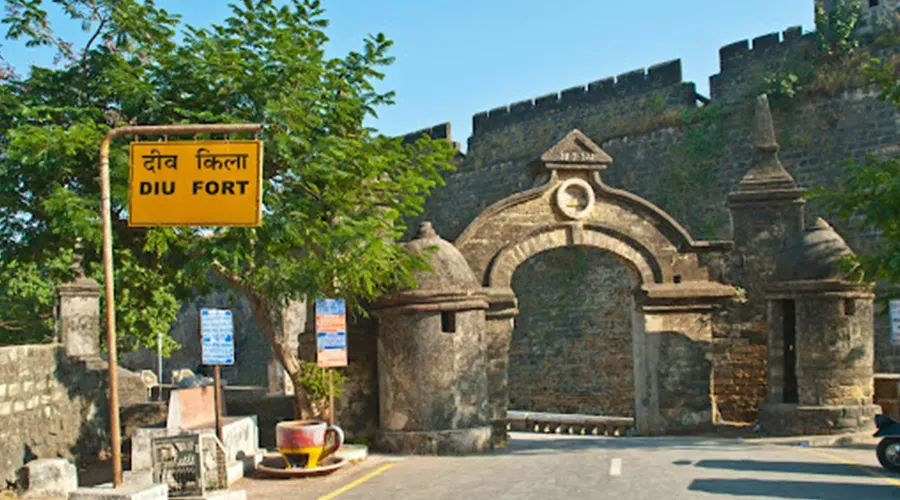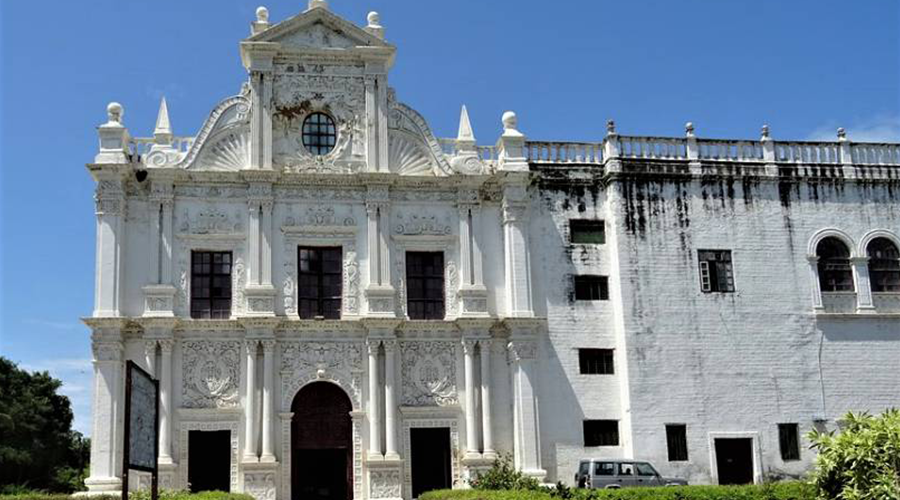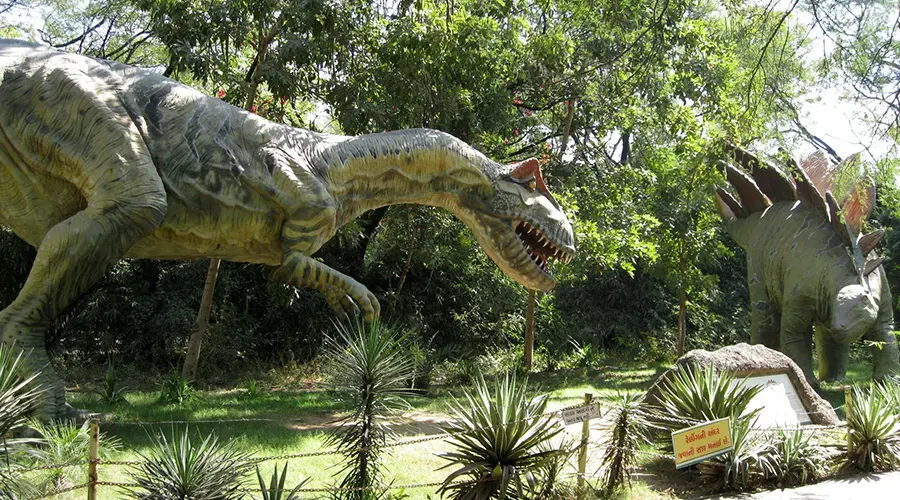Diu Fort, Daman And Diu
Fort Diu, located on the Western coast of Indian was built by the Portuguese during their colonial rule and is now under the administration of the Indian government. The fort- cum - castle, is known as 'Praça de Diu' in Portuguese, is situated on the southern tip of Gujarat and is at the mouth of the Gulf of Khambhat.
The Fort of Diu is a colossal structure that occupies a prominent place on the tourist list. The enchanting fort commands a magnificent view of the sea, and a jetty constructed on the northwestern coast is still underused and was once used to trade with Cambay, Broach, and Surat in Gujarat. The lighthouse that one can climb leads to the highest point on the island and provides a spectacular view of the surrounding. Cannonballs litter the entire place, and the parapet has a fantastic array of cannons.
Along with the Basilica of Bom Jesus in Old Goa, Diu fort was listed as the seven wonders of Portugal but during their colonial rule. This new achievement further highlighted the importance of the fort and put it on the world tourism map. Diu fort forms a striking structure on the coast of the island.
History
The history of the Diu is linked with several kings and dynasties, the earliest of those being of the Puranic period, followed by the Mauryans, the Kshatrapas, Guptas, the Maitrakas the Chavda of Gujarat and then Saurashtra ruled the place. The last and the most prominent ruler of the territory were the Portuguese who ruled the province for over 424 years from 1537 to 1961. After that, Diu was taken under the administration of the Indian Government.
In the year 1501, the governor of Portuguese possession in India, Nuno da Cunha was ordered by the Portuguese Government to build a grand fort in Diu to strengthen the flourishing spice trade. He launched a military attack on the place and tried to annex the territory multiple times forcefully but failed. Finally, during the reign of Sultan Bahadur Shah Zafar of Gujarat in 1535 AD, he had to seek Portuguese help against the attacks of Mughal Emperor Humayun. This provided them with the right opportunity to seek a foothold on the island. Taking full advantage, they signed a defense treaty- Treaty of Bassein, with the Sultan under which they got the permission to build a fort in Diu and to station a garrison in it. They thus demolished the existing fortification and made it into a formidable fortress from 1535 to 1546.
As the strengthening of the fortress continued, the alliance between the Portuguese and the Sultan became ruptured. There was total mistrust between them that ended with the Sultan's death in a fracas with the Portuguese in the year 1937. Sultan's death led to a fight for the throne between the Sultanate of Gujarat and Governor Cunha, a battle that the governor's candidate lost. The loss was quickly repaired by another treaty which was only a reprieve.
In the year 1538, Turks mobilized a mighty naval force against the Sultan of Gujarat and the Portuguese and laid a great siege on the fort by repeatedly bombarding and assaulting it. Just when the Portuguese were ready to surrender, the Turks lifted the siege and fled off for some unknown reason. After that, the Portuguese finally occupied the fort and the city. The Sultan and various other rulers of Gujarat tried to take control but were never successful, and the Portuguese enjoyed uninterrupted rule for about 424 years.
Architecture
The enrapturing Diu fort is surrounded by water from three sides and provides a magnificent view of the sea. It is divided into three different segments- the outer wall built along the coastline, the inner wall where guns are mounted and the double moat which stands between the two walls to protect the fort. The double moated wall is built from sandstone and is capable enough to keep the enemies at bay.
Three gates lead up to the fortress, and the one used for entry and has five large windows with stone galleries. A permanent bridge leads to the main entryway that is engraved with inscriptions in Portuguese. Opposite the fort, one can view the Panikota fort that was once used as a jail for Diu Island. Several cannon balls and shells used during the Portuguese period litter the parapet of the fort.
The incredible thing is that even after about 500 years of its construction, ruins of the walls, gateways, arches, ramps, bastions carry an impressive view of the military defenses of the fort.


























